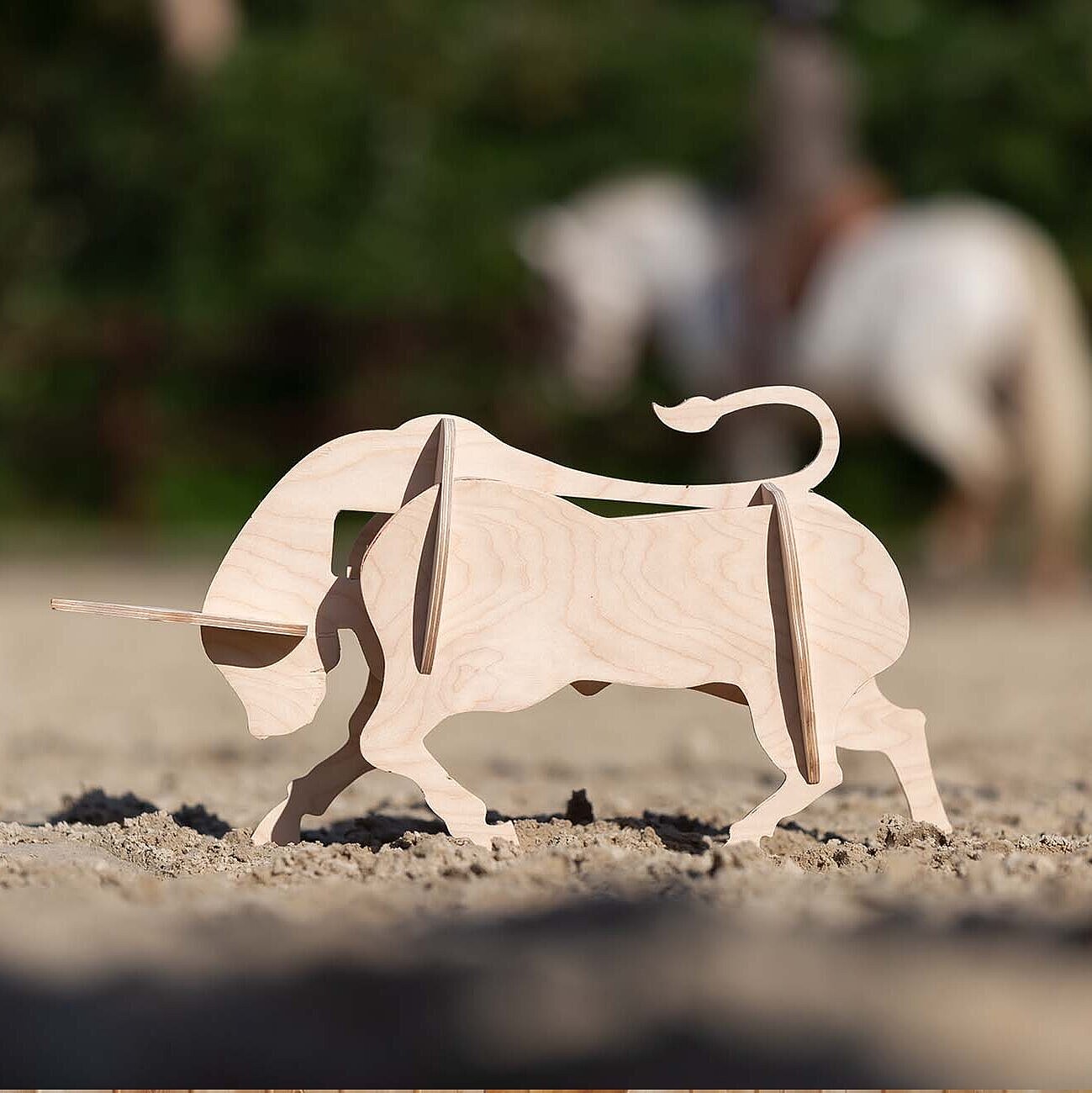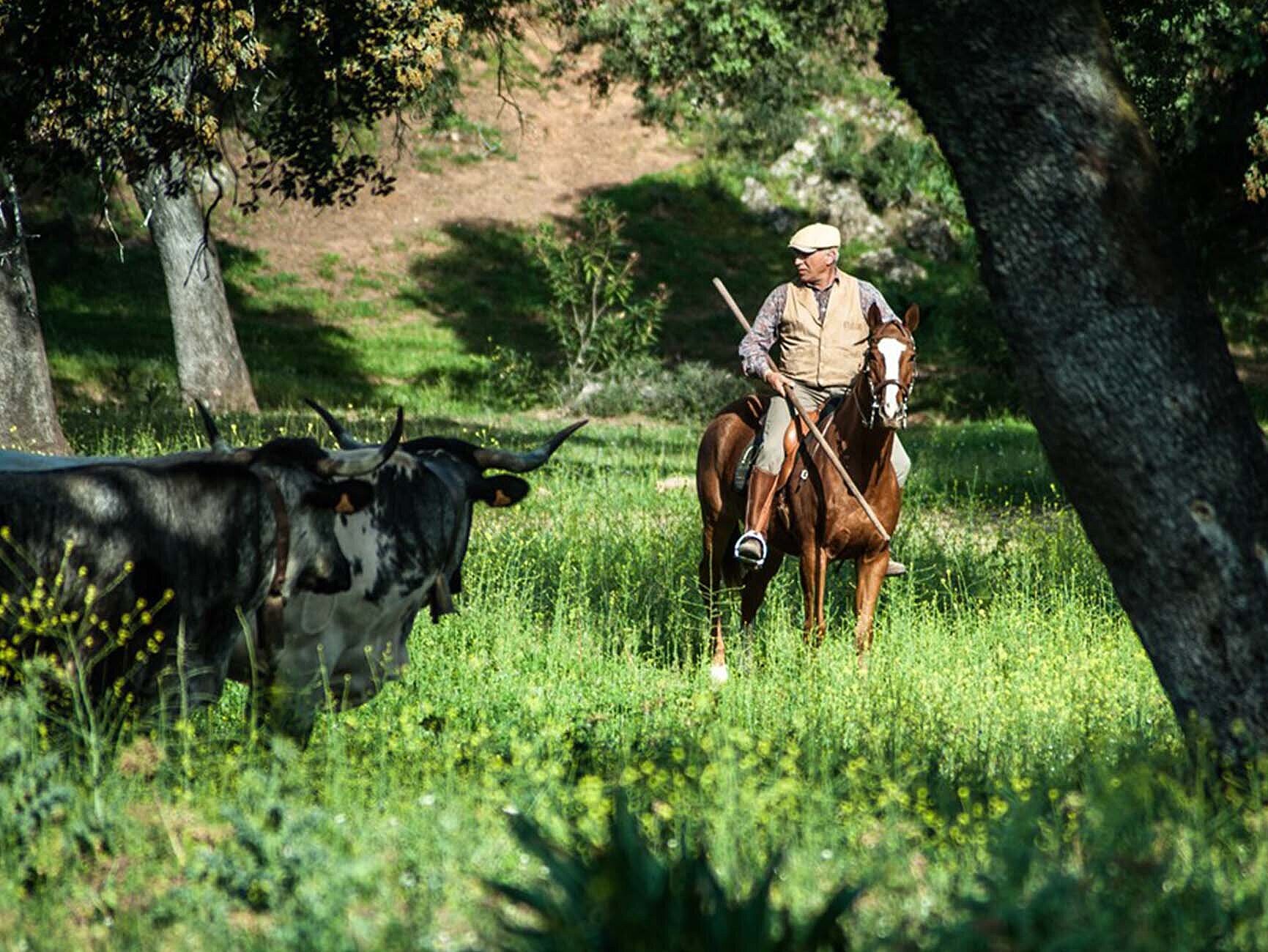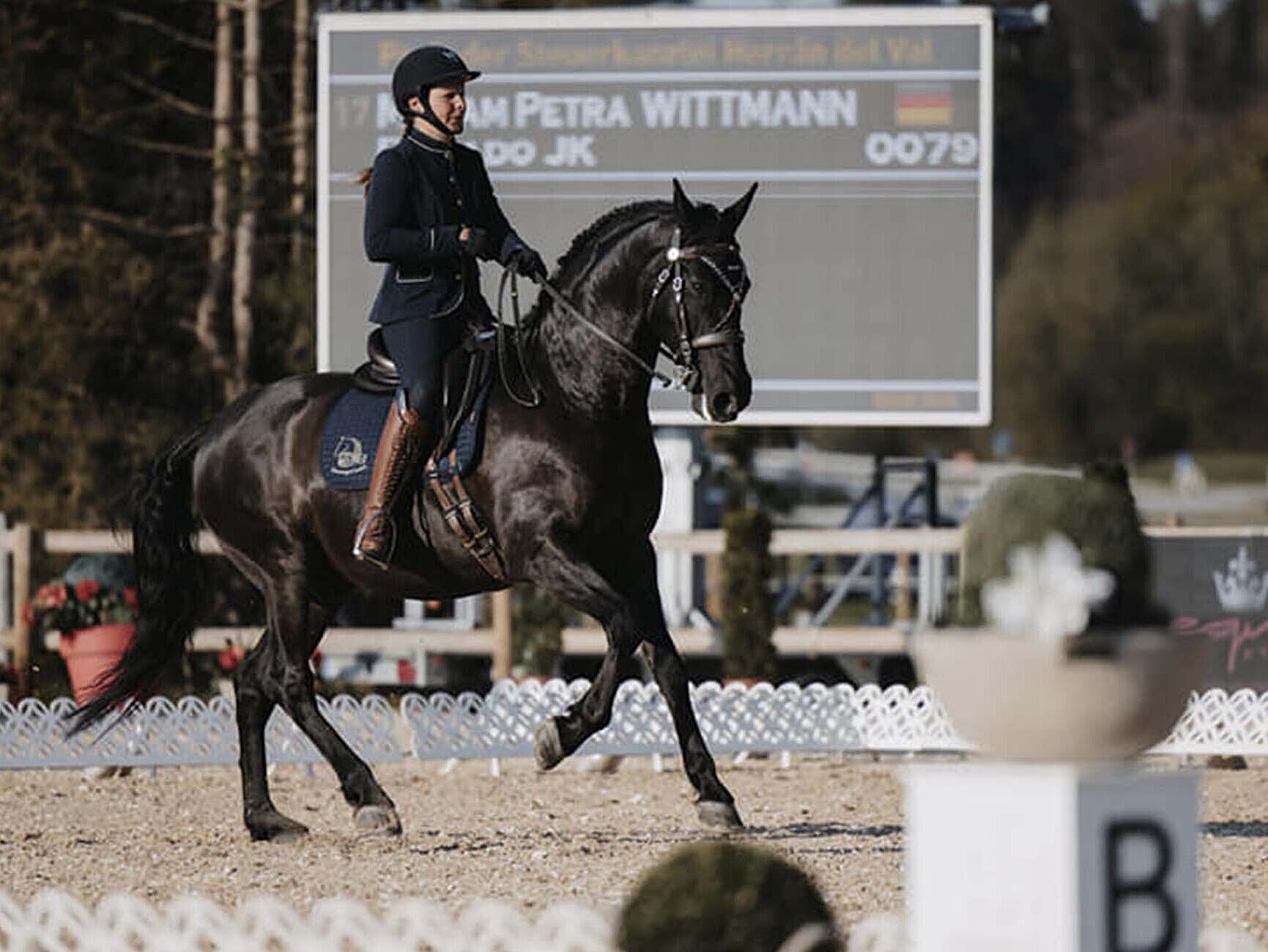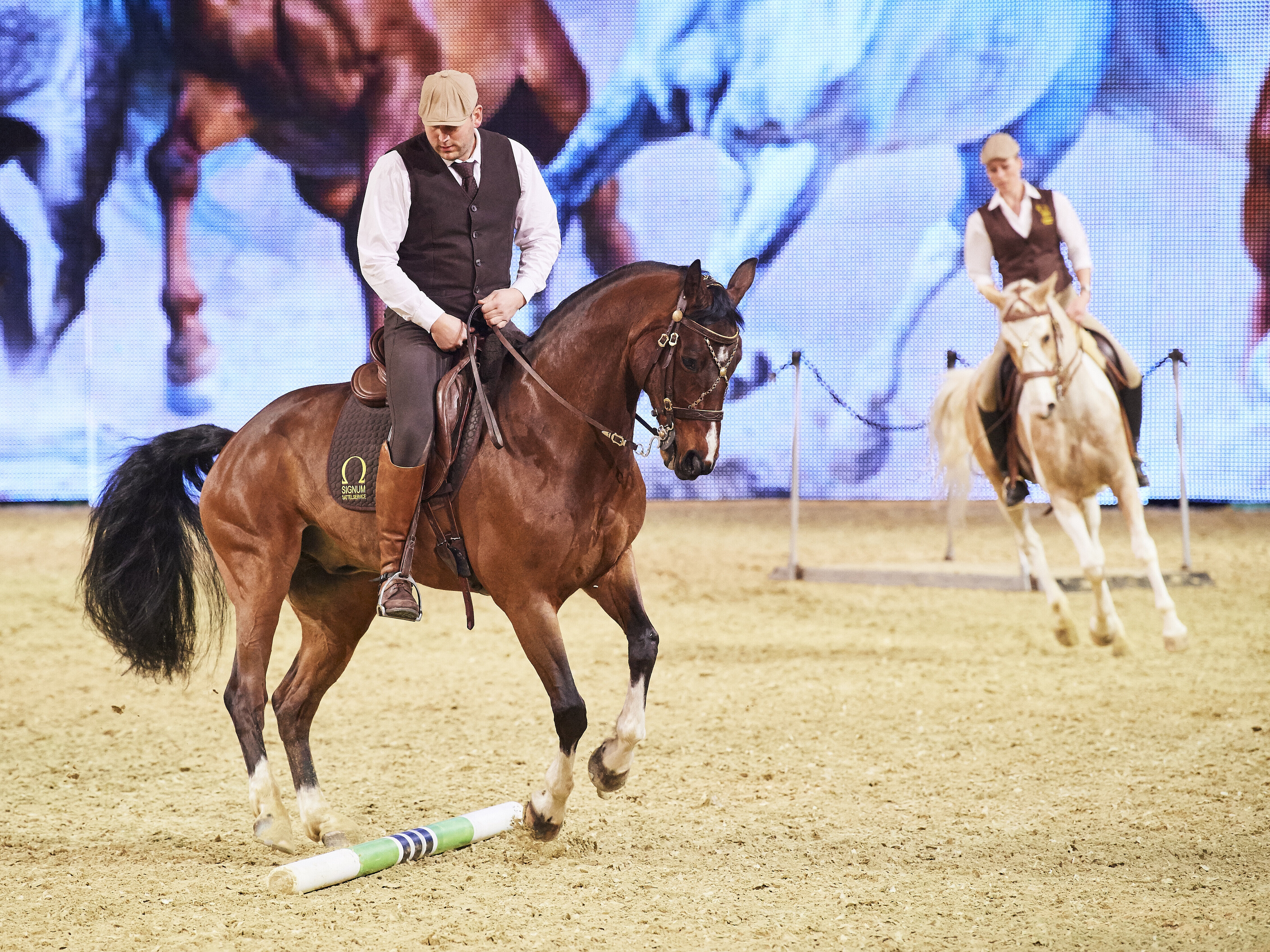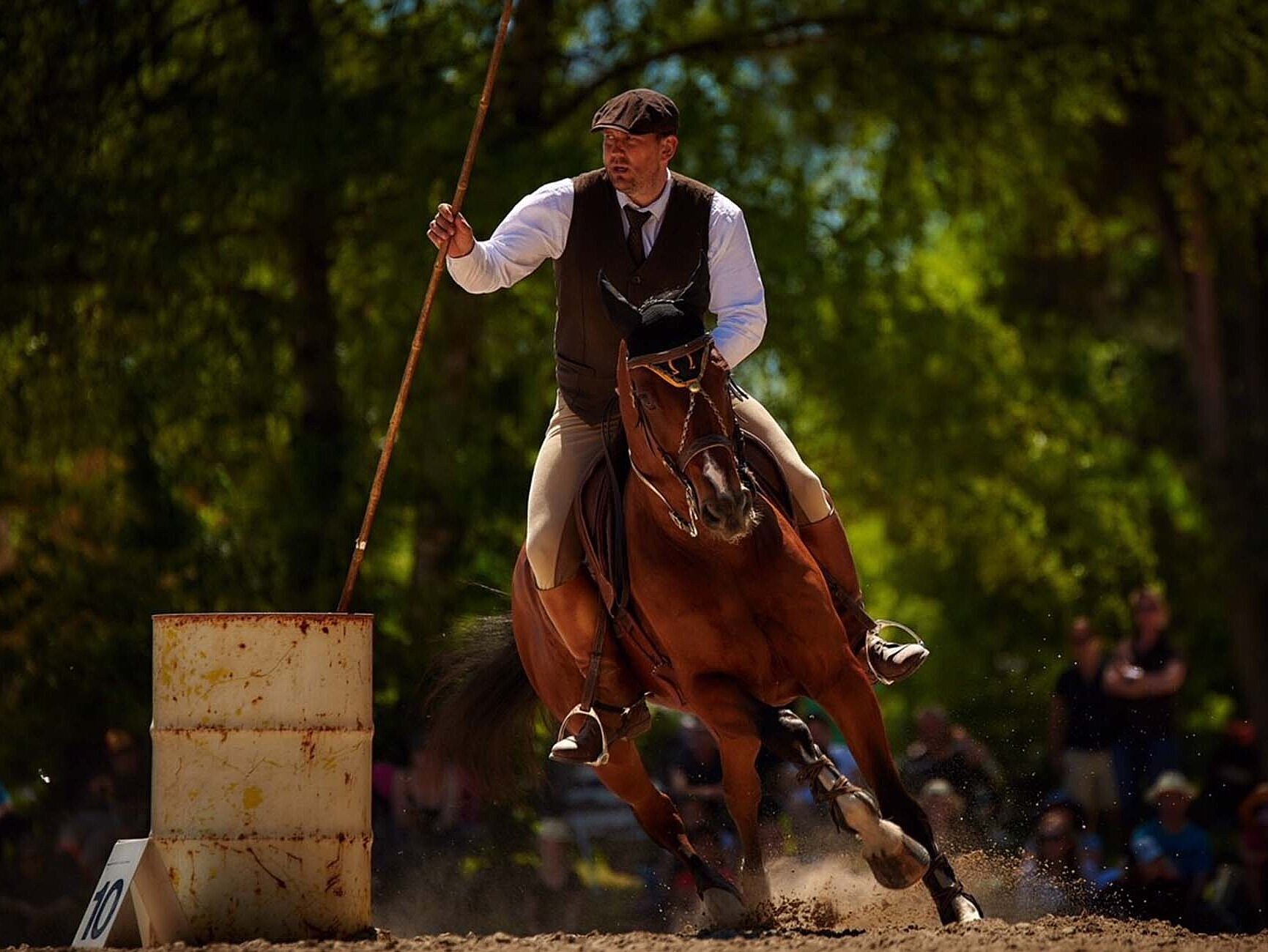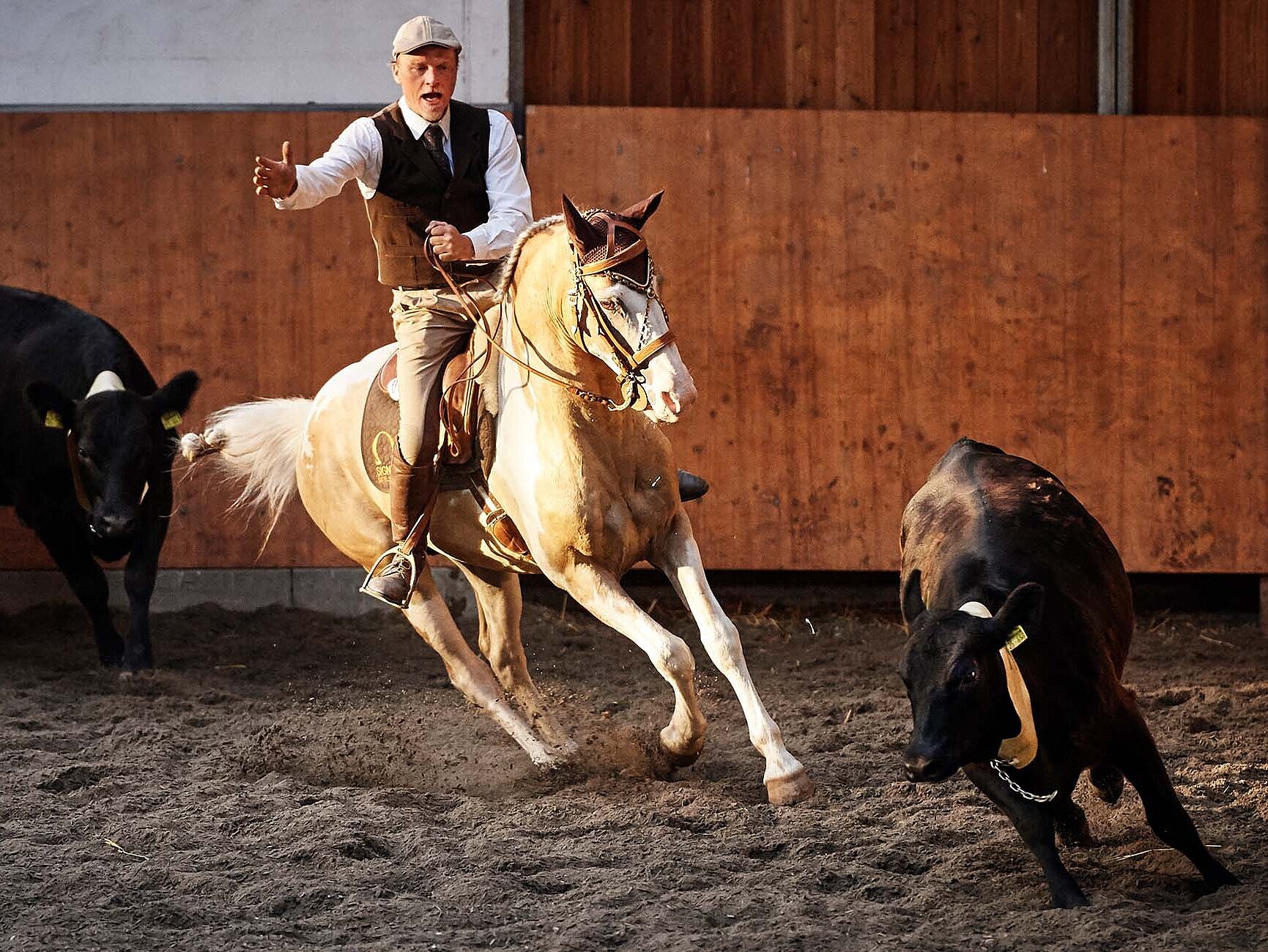Working riding style and young competition discipline
The young equestrian discipline of Working Equitation was born out of the desire to preserve the traditional Southern European working riding styles and make them known beyond their borders. The various national trends in working equitation can compete with each other through the common set of rules and at the same time present and carry on their own traditions.
Here we would like to take a closer look at the origins of this working riding style, right up to today's trend sport discipline.
The four sub-disciplines
Working Equitation consists of 4 sub-disciplines: the dressage task, the style or dressage trail, the speed trail and the cattle work. The requirements are based on the performance classes in equestrian sport and are crowned by the master class, in which the rider rides exclusively with one hand.
Riding style or competition discipline?
Working Equitation is not a riding style or a precisely defined training concept. It originated in Europe as an international competition discipline. The southern European countries with a mostly national working riding style agreed on a common set of rules so that the riders of the different southern European working riding styles could compete against each other.
In line with this idea, each individual rider can demonstrate the strengths of their training and that of their horse in the four sub-disciplines with their own individual riding background. The requirements in the four sub-disciplines are all based on the tasks and challenges that horse and rider may encounter in the working riding style.
The competition itself is of course competitive in nature, but in the true sense of the word it serves to test the preparation and training of horse and rider in terms of the working riding style.

